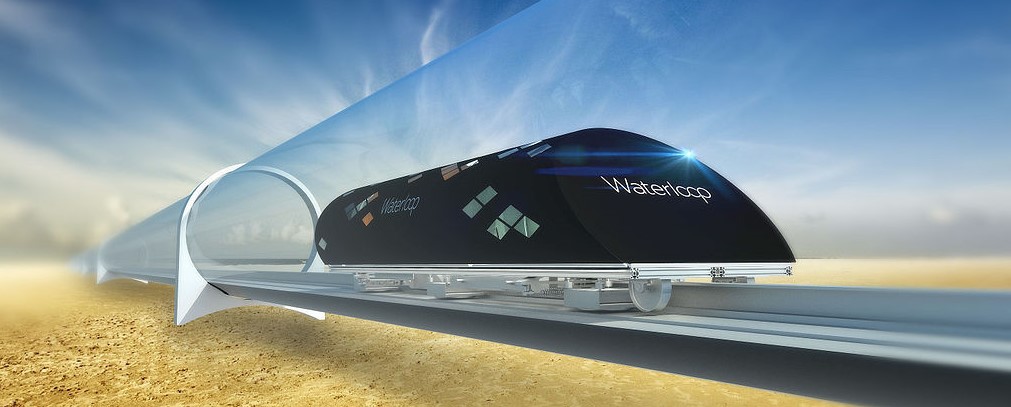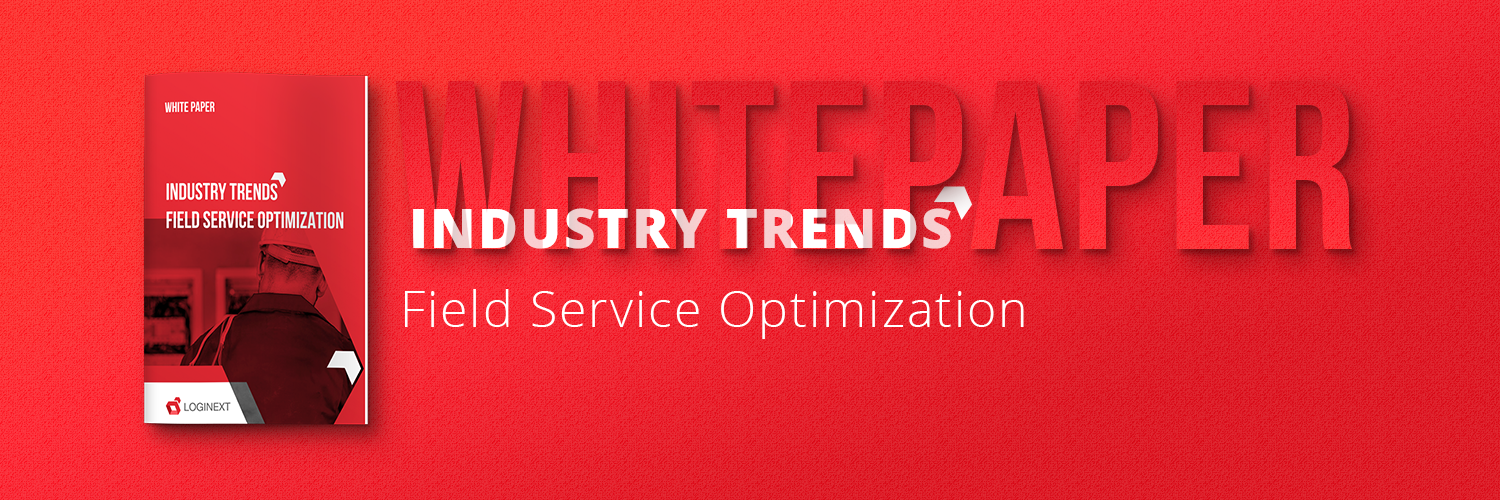From Hyperloop to Robots! The Biggest Breakthroughs in Logistics and Field Service Management!
The logistics sector in the country is evolving. Industries and government entities are embracing the concept of optimization to increase profitability while boosting sustainability. A few years ago, the concept of goods transportation was restricted to the unorganized set-up of delayed deliveries and inept field service scheduling. People, back then, took these delays as an occupational hazard and ignored the possibility of rectifying their mistakes.
LogiNext has led the wagon, not just to give the clients the highest grade of delivery route planning and automation, but also educate industry players about the applications of our products. We have the solution, and now the industry is getting up and appreciating the benefits that these solutions are bringing in for them.
Like any market driven model, logistics management software would come in to the central focus as more and more companies are utilizing them and reaping rich rewards.
In the next five years, it will all be about quick and fast deliveries with logistics analytics, 100% location accuracy, and complete end-to-end visibility. LogiNext offers all this and much more, so we know the future is bright.
Hyperloop Technology to Boost Transformative Powers of Logistics Management Software
Hyperloop technologies are a bright spot for logistics management and linehaul express tracking in Asia. The execution of such a grand vision would require a dedicated and inspired approach. Hyperloop, however, right now is more of a concept than a reality. Some educated guesses place 2021 as the possible year of implementation.
Even then, for such a model to be commercially viable, they would have to consider the economies of scale. They would have turn a profit without passing on the cost burden on the customer. They would have to figure a system where their resources are close to 100% utilized. Even beyond that, the hyperloop model would be creating potential hubs at the corresponding end points of the tubes. These end hubs would have to managed with absolute precision to avoid bottlenecks. This brings resource and delivery route planning back in to focus. If companies want to take benefit of future technologies like hyperloop, they must integrate delivery route and workforce optimization software within their ecosystem. This would help them amplify their first mover advantage once these technologies become a reality.
South and Southeast Asian governments have smoothened the way ahead for the transportation management system in the enterprise mobility sector. With this development field service scheduling, field service management and delivery tracking software would be the next big thing. Companies can now target optimization without worrying about infrastructure bottle necks.
Robots and Artificial Intelligence! Can Robots Replace Your Field Workforce?
Robots replacing employees is a debate that has been happening since decades. It is never going to happen. Machines, simple or complex, were made to optimize human effort, not replace it. With the advancement of technology, the only real ‘replacement’ would be in the mundane and repetitive tasks performed by employees. When these tasks are automated through software, or ‘robots’, it makes the employees free to implement their talent on a bigger scale. Strategy, conceptualization, implementation, and analysis would always be done by humans.
Humans design robots to continue a set-up that has been tested and perfected by repeated human effort. Amazon has been experimenting with automated delivery management, but the people designing these automation algorithms are humans. With all the human talent taken away from rudimentary tasks and applied to exemplary ones, the next ‘age’ after industrialization would surely be the ‘innovation age’.
The Indian Angle! Route Planning Software Post-GST Implementation!
Warehouse management would see restructuring with the advent of GST. Before, with inconsistent tax systems differing from state to state, companies used to maintain multiple warehouses across the country to achieve the lowest tax aggregate. With GST, there would be renewed incentive to streamline the warehouse network across the country.
Recommended Read: The GST Story: The Past, Present, And Future Of Logistics Management With Technology
Companies would revisit their logistics management ecosystem to device more optimized structures and shipment tracking software. The focus of optimization would now be the shortest and well planned routes with the most efficient field workforce management structure. The benefits emerging from this optimization could be then passed on to the end customer.
Internet of Things and Artificial Intelligence! The X-Factor of the Evolving Generation!
If you list out the X-factors for logistics management, Internet of Things (IoT) and Artificial Intelligence (AI) would be the top contenders. We have been talking about IoT and AI for many years now, however we have now been able to direct them to reality. At LogiNext, we have perfected the machine learning algorithm which engages predictive logistics analytics to back up field workforce optimization and logistics management plans. It also sets up the base for better forecasting abilities.
These X-factor concepts are a reality for us now. Technologies such as Radio Frequency Identification (RFID) have evolved to a platform that they are implemented across industries as a standard practice. As far as driverless trucks are concerned, there is still some way to go for that. But with automation reaching a level that was previously assumed to be unachievable, such driverless trucks might be closer than we can imagine. Logistics management, in recent years, has been at the forefront of optimization, with many companies signing up for innovative approaches rather than traditional ones.
The underlining point would be, if something has been done previously, there is no way why it can’t be done better the next time around.
Technology is a means to an end. Everyone wants better things in life, for themselves, and their business. They want better resource utilization, higher customer satisfaction ratings, and bigger profit margin. These requirements have not changed since Henry Ford made the assembly line famous. Being tech-savvy is good, however you don’t have to be tech-savvy to know that optimization is the key to success.
All our clients have unique sets of problem points which they need a solution for. We offer them the best solutions which when implemented streamlines their operations. The way we do this, is through technological excellence. Our clients trust to give them the most optimized version of their activities. It is as simple as that, and a person doesn’t have to be tech-savvy to understand that.
189 1









Pingback: Sonya_t | Pearltrees